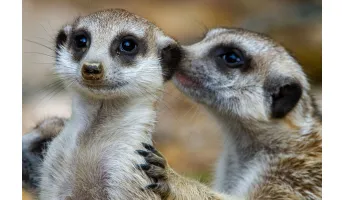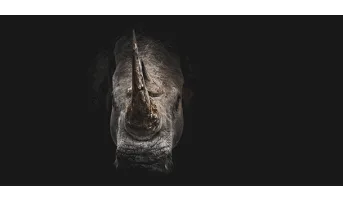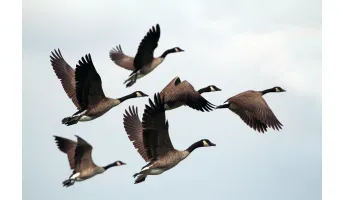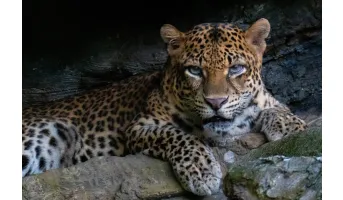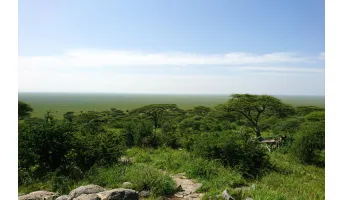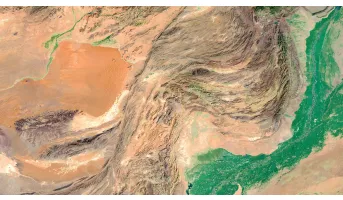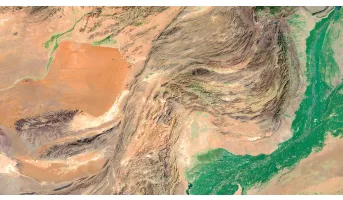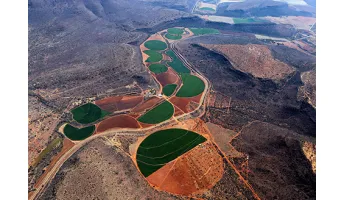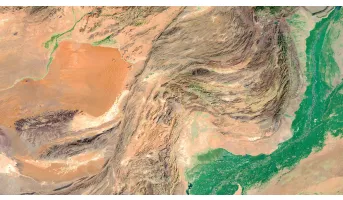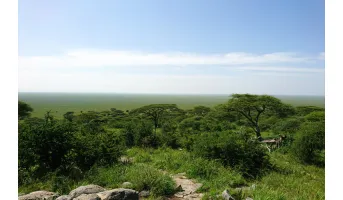![]()
Goal 15: Life on land
Sustainably manage forests, combat desertification, halt and reverse land degradation, halt biodiversity loss
Protection of forest and terrestrial ecosystems is on the rise, and forest loss has slowed. That said, other facets of terrestrial conservation continue to demand accelerated action to protect biodiversity, land productivity and genetic resources and to curtail the loss of species.


